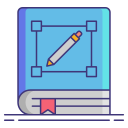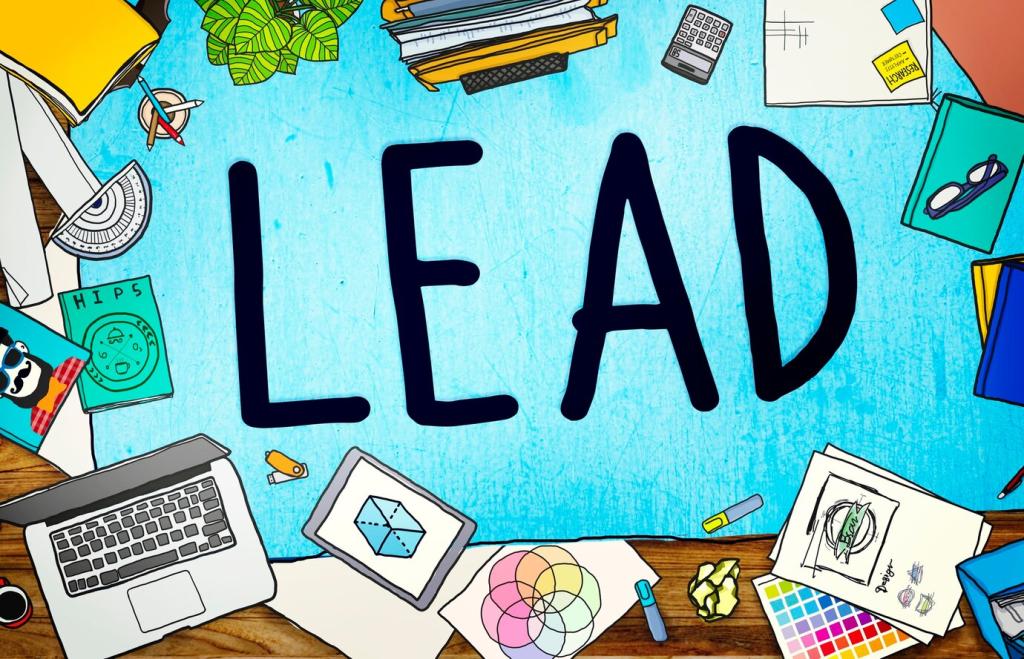Integrate UX/UI for Human-Centered Results
Teach problem framing, short interviews, and lightweight surveys. Run task-based usability tests on low-fidelity prototypes to uncover friction early. Students gain confidence when real users expose mismatched assumptions before costly build cycles begin.
Integrate UX/UI for Human-Centered Results
Cover typography, color contrast, spacing scales, and grid discipline. Encourage students to express brand personality within constraints, using tokens and component libraries. Systems thinking prevents visual drift and accelerates later collaboration with developers and content teams.









